Our food distribution system has been breaking down over the past few years. The potential disaster for food production in the United States and worldwide is being hastened by severe weather, supply chain disruptions, avian flu, and shortages of farm machinery, labor, and fertilizers, as well as the intensification of geopolitical conflicts and substantial inflationary pressures. For this reason, we have compiled a list of particular foods that may soon be or are already in minimal supply and whose prices are skyrocketing because of the impending storms.
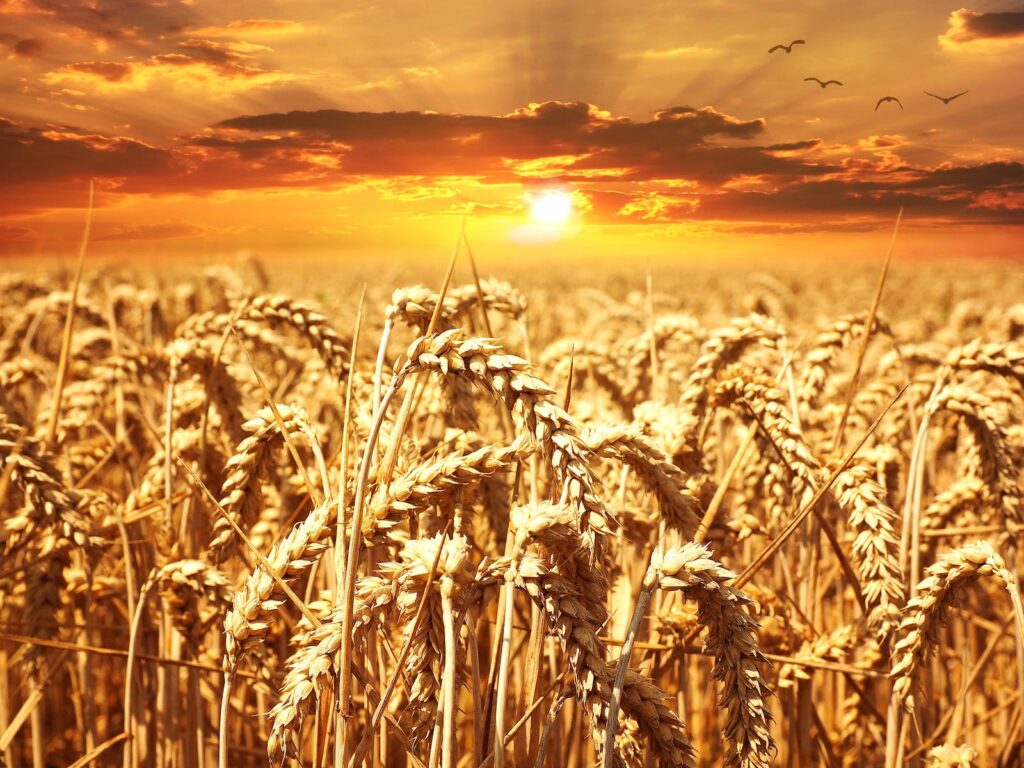
Wheat
The current conflict in Ukraine has had widespread repercussions, not the least of which is a rise in the price of wheat and wheat-based items like bread due to a decrease in global supplies. Ukraine is home to some of the world’s best wheat due to its exceptionally fertile soil, but the conflict with Russia has disrupted harvesting. To make matters worse, other countries, including India and China, have banned wheat exports, as reported by CBS News. As a result, the price of regular flowers has increased by more than 30% since February.

Milk and dairy products
Data from the center for dairy excellence shows that milk is a nearly universal staple in American households, with over 90% of households keeping it on hand. So, the fact that we’re in the midst of a major milk problem is quite unsettling. Farmers are feeling the pinch of a severe lack of grass and other greenery suitable for cow fodder. Many will be compelled to sell their cows at far younger ages than is customary, resulting in a decline in milk production. They are being butchered while still young to increase the country’s beef supply. In the following months, it will be much more difficult to find milk and dairy products, and their costs will rise accordingly.
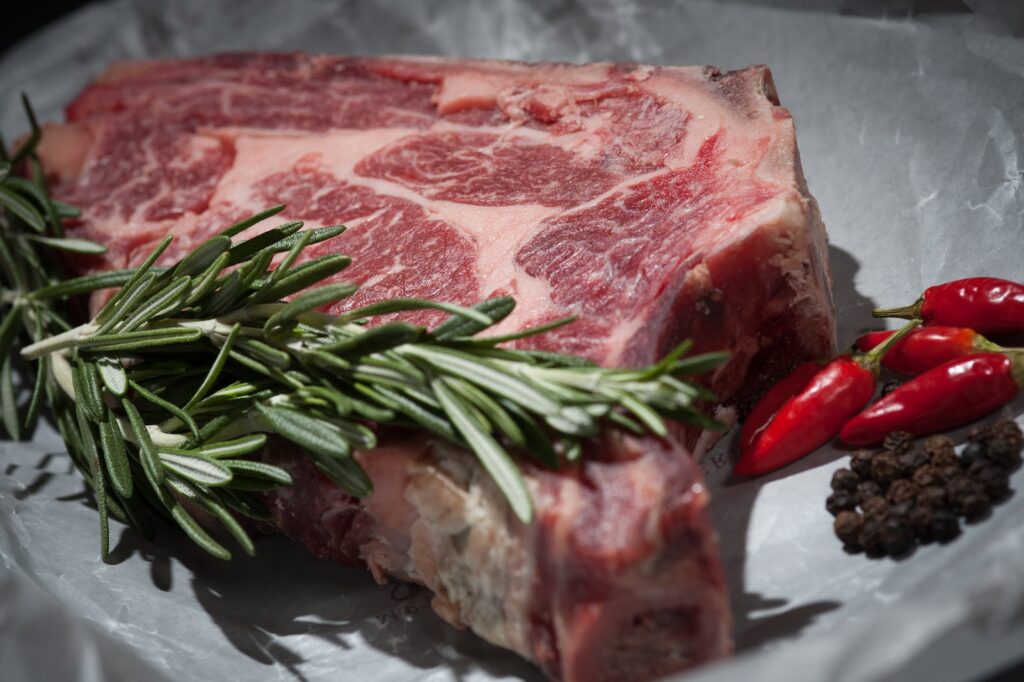
Meat
Take a peek at what’s on offer in the food section of your neighborhood supermarket. In what way squeamish is the meat counter? Probably a lot fewer people are here than in 2019. Meat, poultry, and pork prices increased by 20% due to the pandemic, which led to the closure of several meat processing companies and significant labor disruptions in the industry. In addition, significant gaps appeared in the infrastructure for producing and distributing meat products due to problems with the supply chain. Millions of instances of avian influenza led to the devastation of egg-laying chicken flocks across the country. As a result, many retailers are already facing severe chicken shortages. The situation has only worsened as many shoppers rush to stock up on chicken before it’s gone for good, no matter the price. Since it takes years to raise cattle until they reach the correct size and weight for slaughter, our national mean supply is predicted to remain stretched for the foreseeable future, mainly after ranches sold millions of cattle during the summer’s drought.
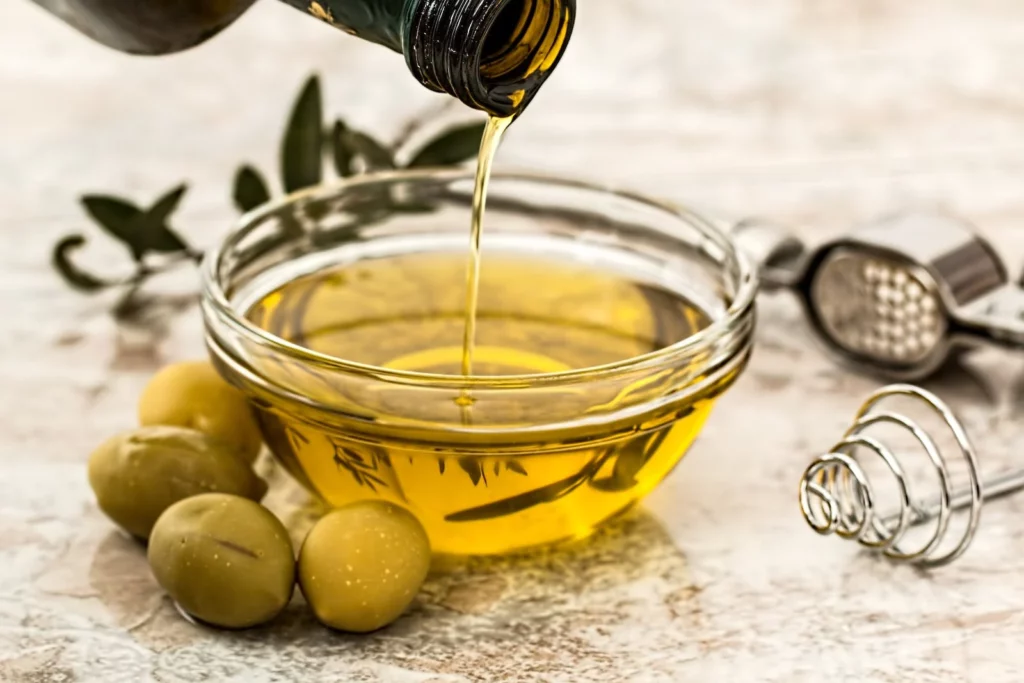
Vegetable oils
Vegetable oils are used in every restaurant and by most families at home. Pasta, chocolate, biscuits, and mayonnaise are all made with vegetable oil. Still, these staples will be in shorter availability in the following months and years due to their widespread use in mass production. The cost of palm oil, the most popular vegetable oil, has increased by 50% this year. In comparison, the price of canola oil increased by 55 percent, according to Dr. Sylvia Charlebois. She heads up the agri-food lab at Dalhousie University, which studies international systems of agriculture, agri-business, and food distribution. Vegetable oil is the most overlooked element. As a result of everything happening right now, it’s in a lot of the food we buy. Sunflower oil and Palm oil, used in a wide variety of everyday consumer goods, have been affected by the ongoing crisis in Ukraine. The decision to halt exports made by Indonesia is tough. We are entering a period of far more constraint.
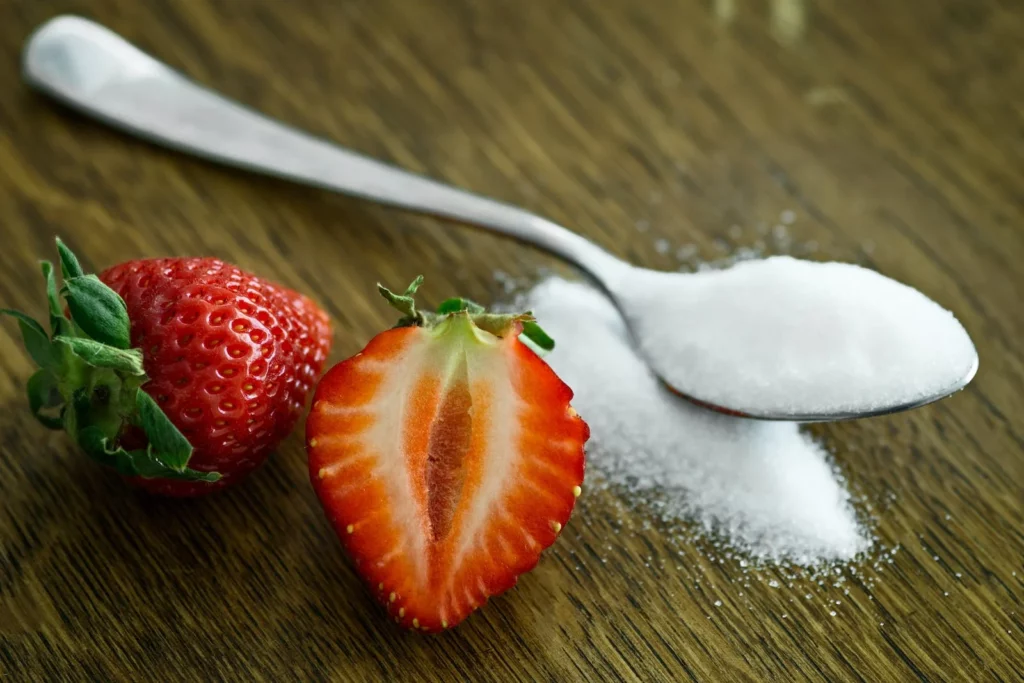
Sugar
substantial evidence that the universe is interdependent. Due to the worldwide energy crisis, sugar shortages are approaching. Reuters stated that sugar-producing bare-mouth Brazil is experiencing a spillover from rising energy prices. The countries now expected to utilize more sugar cane for ethanol fuel instead of turning it into the sweet stuff and shipping it worldwide. Coca-Cola has halted production in the Philippines due to a severe shortage. Sugar is added to various processed foods, so it’s not only desserts that will be scarce in the coming months; pasta, marinades, and ready-to-eat meals will all be affected.

Honey
In the previous 20 years, honey production has dropped by 49 percent. This is especially true considering that last winter, beekeepers across the nation saw average losses of around 45%, with some Bee farms experiencing losses of as much as 90%, making the staple increasingly difficult to find. Leonard Foster, a biochemistry and molecular biology professor at the University of British Columbia, describes these losses as “striking.” In the long run, the vanishing of bees will likely mean the end of this historic sweetener because it poses a challenge to pollination. In addition, the usage of pesticides and unusually severe weather have been related to the collapse of bee populations. As a result, the production of honey and other foods that rely on pollination, like fruits, nuts, grains, and vegetables, is in jeopardy. Thereby putting the world’s food supply at risk.

Cereals
the same goes for rice and cornmeal, both of which are in jeopardy. Due to fluctuating temperatures and unpredictable weather, agriculture fields that were formerly appropriate will move and possibly become outdated. The supply of corn and rice is predicted to fall by 51% over the next few years, while demand is likely to rise by 33%. It is getting too late to start buying and storing these cereals in a secure manner.

Coffee
Every day, millions of people around the world drink coffee, making it a widely used psychoactive. Over the past few years, coffee output has fallen worldwide, and this trend is only expected to accelerate. Warmer weather drives bees away from coffee crops, drastically reducing harvest. The National Academy of Sciences reports that when bees are used to pollinate coffee plants, crop productivity increases, and so does bean quality. If bee populations worldwide continue to crash, we may lose 88% of our coffee supply by the decade’s end. Those who can’t imagine their lives without coffee should probably stock up now, for it may disappear from supermarket shelves for good.

Wine
Most of our favorite wines are made from just 12 of the 1100 different types of grapes, or about 1%. According to a recent study published in Nature Climate Change, wine collectors should start putting away their collections as soon as possible. If the world’s primary wine regions become too hot to yield superior grapes, wine production is predicted to decline by 85% during the next eight years.

Beer
as significant water storage facilities around the U.S. were exhausted by the summer’s drought. Natural Resources Defense Council data suggests that one-third of U.S. breweries have trouble securing adequate water supply for beer production. Warmer winters lead to earlier and smaller hop harvests, making it harder to get some specialized hops that craft brewers need. Beer costs will skyrocket, and beer selection will shrink in the near future.
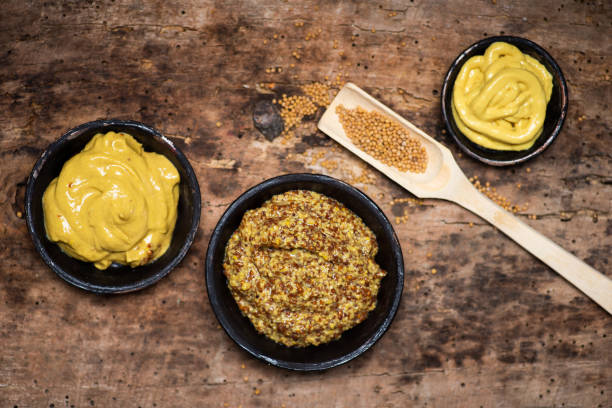
Mustard
Mustard is in short supply as a nasty side effect of bone-dry fields in the United States and Canada. Moreover, the official agriculture website of the Canadian government reaffirms the gloomy forecast for 2023, when mustard seed output will have been drastically reduced, and seed costs will have surged. It means that even when you track down your preferred brand of mustard, you may expect to pay a hefty premium. So if you see a large quantity of your preferred mustard at the store, it is time to stock up.
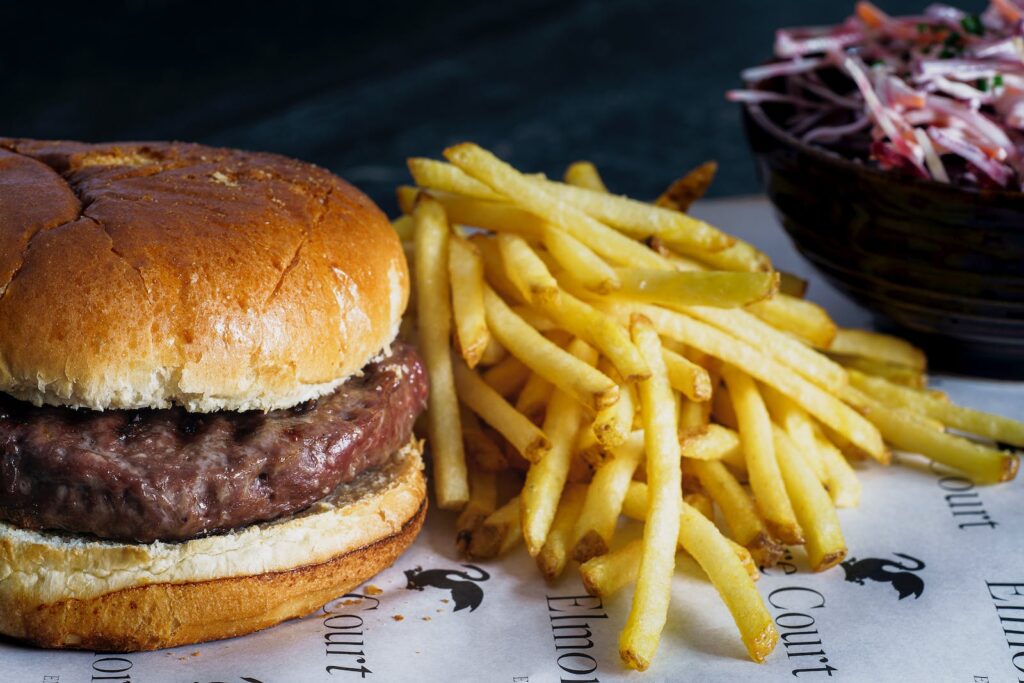
Potatoes
Potatoes are disappearing from menus worldwide, and it’s only a matter of time before this trend reaches the United States. According to the Washington Post, global potato yields have been on the decline since the year 2021. As a result of the scarcity, French fries were removed from the menus of several McDonald’s and KFC locations in numerous countries, including Japan and the United Kingdom. Similarly, in 2023, the United States may feel the effects of decreased potato output.
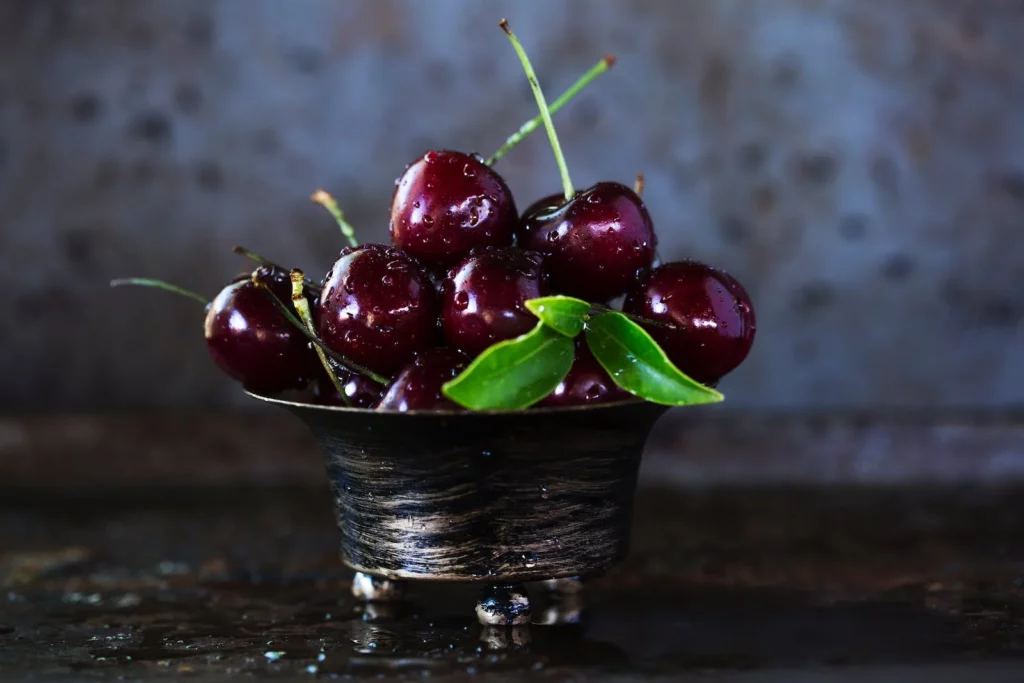
Cherry’s
Hours of cold are needed to produce the fruit of the cherry tree. Although late blooming and reduced fruit production are consequences of warming temperatures, extreme cold is equally devastating to trees. It’s also possible for crops to suffer catastrophic losses due to a late freeze. B.J. Thilby, president of the Northwest cherry producers, said this year’s crop is the smallest in a decade because of frost damage. This equates to a loss of 25% of the world’s cherry supplies. A devastating April snowfall and a cold snap in the Pacific Northwest led to the loss of 98 percent of the region’s cherry harvest. Consequently, food prices at supermarkets and farmer’s markets will rise. Because cherries take longer to mature, he said, consumers will have to wait until the following year for their first taste of the delicious red fruit.
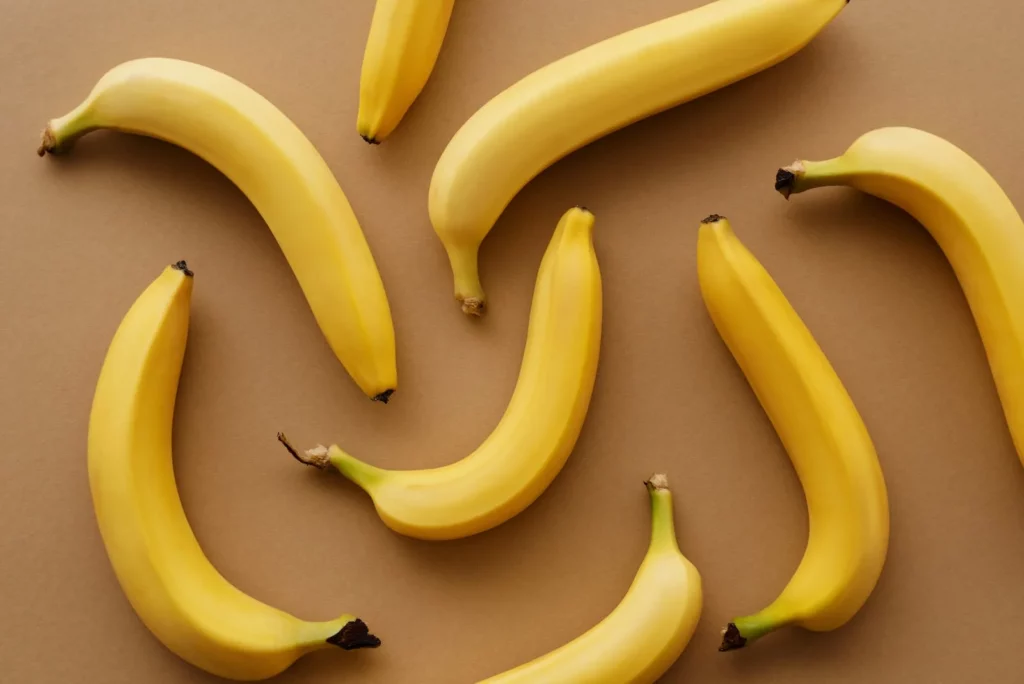
Bananas
A fatal fungal infection stains the soil and leads to Panama disease affecting the Cavendish species. The most extensively cultivated banana with a high commercial number. This leads to internal blackening and deterioration of the bananas. As a result, infected bananas swiftly disappear from store shelves as the disease spreads through the world’s top banana-producing nations. Furthermore, the long-term sustainability of banana production around the world is threatened by climate change and extreme weather events. Worryingly, a new study from the University of Exeter predicts that this species may become extinct as soon as 2050.

Strawberries
In the near future, we may not be able to find strawberries in supermarkets. More than 95% of U.S. strawberries come from either Florida or California. Drought and heat waves hit the States particularly hard this year, making for a challenging growing season and a smaller harvest than anticipated. The International Society for Horticultural Science warns that shorter crop cycles due to increasingly volatile weather patterns may signal a permanent decline in strawberry yield and a price increase.

Chocolate
For cocoa to grow and thrive, a strict set of conditions must be met, as explained by the National Oceanic and Atmospheric Administration. For example, cacao can’t be grown more than 20゚ north or south of the equator and in areas with little humidity or poor soil conditions, where it would quickly wither and die. Furthermore, suppose rising temperatures continue to wipe out cacao plantations worldwide. In that case, worldwide cacao production is forecast to plummet by over 40% in 2023, making it incredibly difficult to find your favorite chocolate in stores next year.
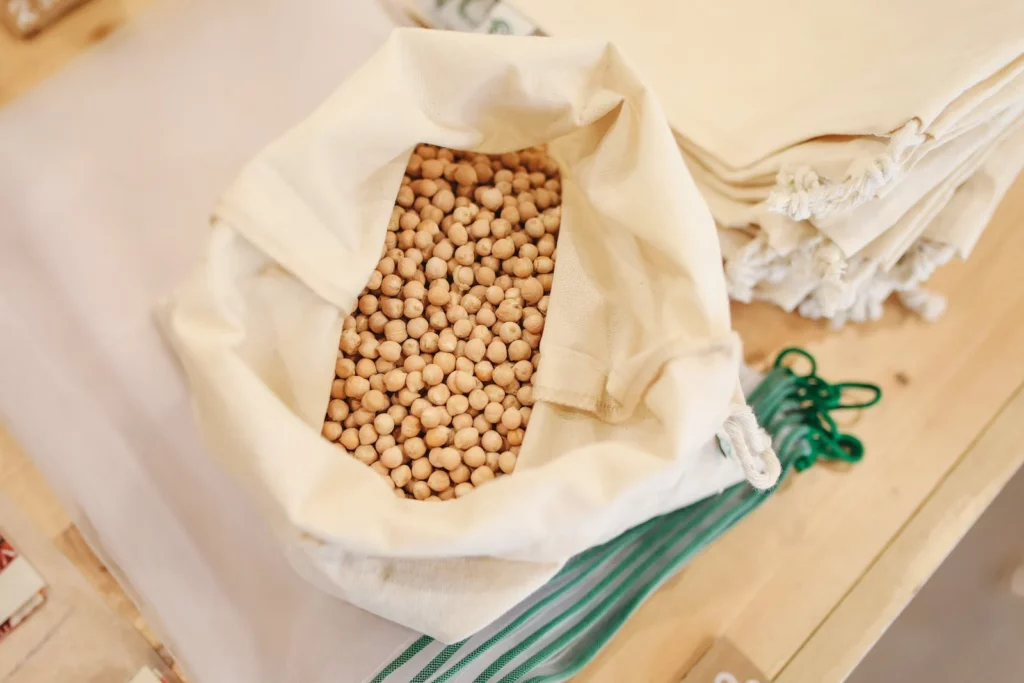
Soybeans
Ninety percent of America’s oil seed harvest comes from soybeans, providing an excellent biofuel feedstock. Therefore, it places them among the most crucial beans economically. However, they have been mysteriously disappearing from our food supply in recent years. Brazilian exports of soybeans, which had been among the highest in the world, dropped by 28% in 2021, and the country lost 18 million metric tons of the crop this year. Extreme weather and supply chain constraints are also impacting the staple negatively. As reported by FAO of the United Nations, 2022 soybean harvests may drop by 20%. as a result, 2023 may be a pivotal year for global soybean shortages.

Maple syrup
The Maple Research Center reports that the sugar Maple tree, which produces maple syrup, is under severe stress and may soon go extinct. The weather has a crucial role in the creation of maple syrup. However, the temperature must be above freezing during the day and then drop below freezing at night for the sap to flow. Changing temperatures are necessary because the increased pressure causes the sap to flow from the tree, but climate change has made even the weather unpredictable, as scientist Timothy Pumpkins explains. Who pointed out that maple syrup production will likely go extinct by the turn of the century.
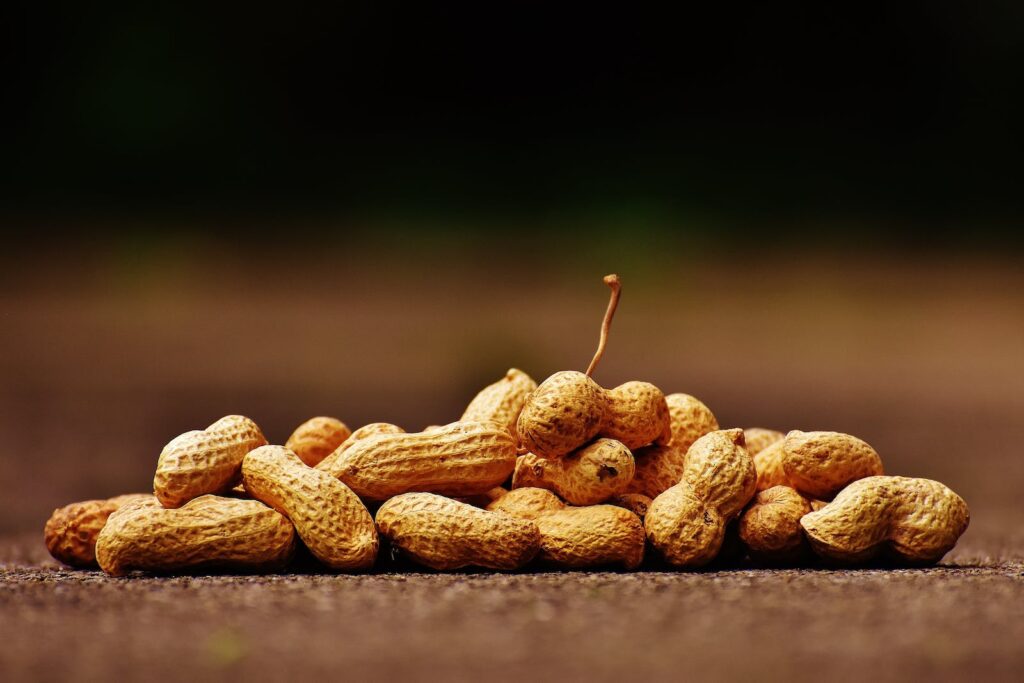
Peanuts
Peanut fields are notoriously challenging to keep up. They can only flourish in a controlled and specific setting. As an NBC news broadcast noted, they don’t respond well to either too little rain (meaning they won’t germinate) or too much rain (meaning their shoots will become scourged and they won’t grow at all). The southern states produce the majority of America’s peanuts, but this year’s heat waves and abnormally dry conditions killed off the entire crop. There has been a recent uptick in reports of stores running out of peanuts, and they are among the nut species most at risk of extinction by the turn of the millennium.

Fish
a wake-up call 85% of fish dogs worldwide have been lost owing to illicit, unreported, and unregulated fishing, according to a World Wildlife Fund assessment. Many threatened species, like the Atlantic bluefin tuna, are at grave risk. More than 30 percent of fisheries worldwide have been exploited past their biological carrying capacity and require stringent management programs to recover, according to the World Wildlife Fund. Furthermore, several commercial fish species have been threatened due to the steep population drop. Finding seafood in 2023 will be much more difficult as over 80% of the Winter crab harvest has been canceled this year.

Tomatoes
According to a report in the Washington Times, the current weather has been devastating for tomato crops in California. Damage to California’s farms is expected to have far-reaching effects on tomato supplies for months. Tomatoes and items made with tomatoes may become harder to come by as a result.
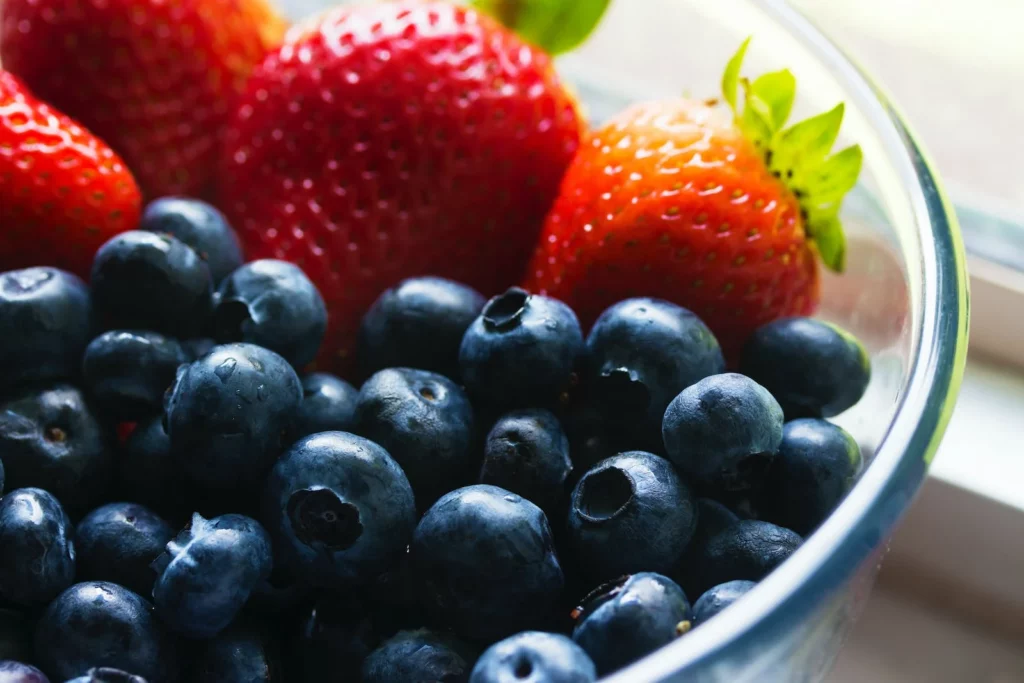
Blueberries
Blueberries’ anti-inflammatory and antioxidant characteristics make them a vital treatment for the cardiovascular system as a whole. However, a drop of almost 20 million pounds, or 15%, in the California blueberry harvest from last year means that the domestic supply is currently falling short of demand. Given that about 25% of the blueberries produced in the United States are exported. Further, specialists claim these berries are highly reliant on pollinating insects, particularly bees, which has put them at serious risk of extinction.
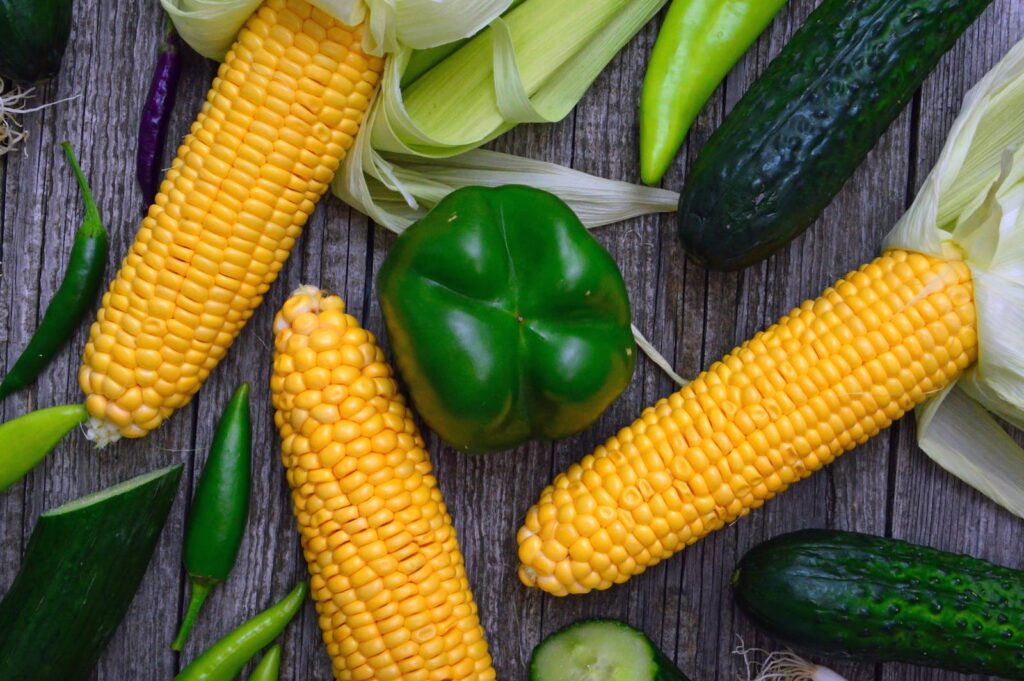
Corn
Corn is in danger from a combination of factors, including rising temperatures and a lack of water. A temperature drop of only 1°C is enough to inhibit its expansion by 7%, suggesting that it is already present in lower temperatures. The current corn and output shortage will have repercussions far beyond the products aisle of grocery stores. Animals are fed a tremendous amount of grain. Consequently, decreasing yields will have an impact on the meat market in the coming months. Nearly 4% of global maize yield had been lost compared to what it would have been if the climate hadn’t warmed.

Oranges
Oranges aid in the digestion of plant-based iron and are a staple in our diets and school lunches due to their high fiber, mineral, salt, vitamin, and antioxidant content. Unfortunately, the yellow dragon disease, once known as citrus greening, has spread worldwide, threatening every citrus fruit in its path. It’s believed that a bacterium is responsible for this citrus tree disease, which causes the entire tree to weaken and die slowly. This ailment has been seen in Florida but has spread to other places, including Brazil, China, and Bhutan, where orange trees are grown. As output decreases, supermarket stocks everywhere will dwindle.
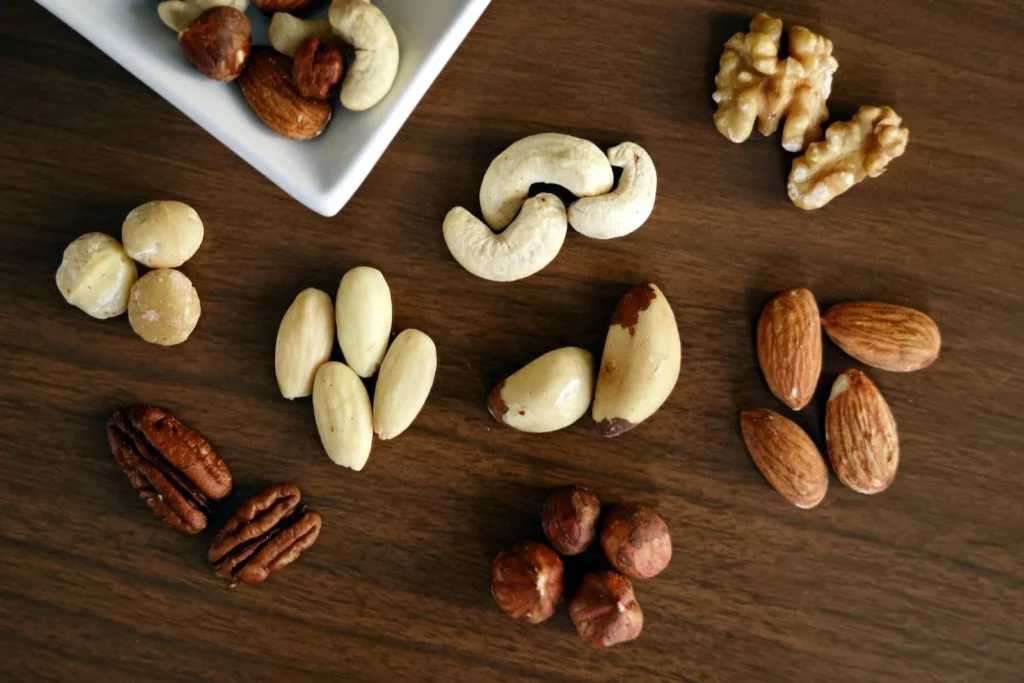
Almonds
Almonds are in high demand, but their cultivation is met with rising concerns over their long-term viability. The pollination of almond trees appears to have grown problematic due to the widespread use of pesticides and parasite-killing chemicals in agriculture. Although California is responsible for 82% of the world’s almonds, this year’s harvest is down by over 500 million pounds from the usual total from about 7600 farms. Considering that we ship over a whopping 63% of our domestically produced almonds abroad, There’s a risk that not enough food will be produced to meet the needs of consumers.
Don’t forget to follow my Facebook or Twitter account
https://www.facebook.com/profile.php?id=100085540707736
https://twitter.com/DallierMic60307
Credit: Epic Economist for this in-depth report on our food supply and its direction.